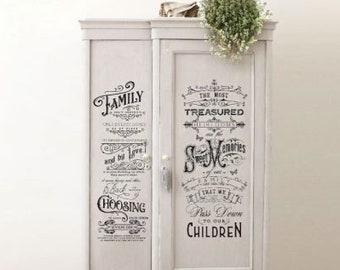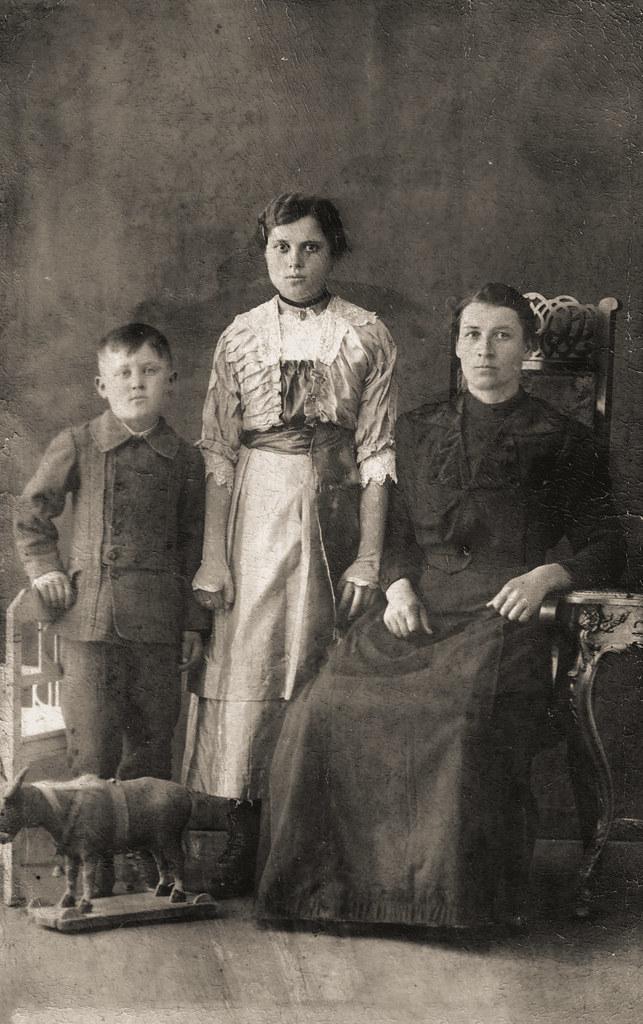In the intricate realm of estate planning, the transfer of family heirlooms stands out as a task that intertwines legal precision with emotional sensitivity. These cherished possessions, often steeped in history and sentiment, require more than just a cursory mention in a will; they demand a thoughtful approach that respects both the tangible and intangible values they represent. This article delves into the best methods for transferring family heirlooms, offering a comprehensive analysis of strategies that ensure these treasures are passed down seamlessly and respectfully. By examining legal frameworks, financial implications, and familial dynamics, we aim to equip you with the knowledge and confidence needed to navigate this complex aspect of estate planning, ensuring that your family’s legacy is preserved for generations to come.
Identifying Valuable Heirlooms and Their Significance
Recognizing which family treasures hold genuine worth is a critical step in estate planning. Heirlooms can range from obvious high-value items like jewelry and antiques to more sentimental pieces such as letters, photographs, or handcrafted items. Identifying valuable heirlooms often requires a combination of emotional insight and expert evaluation. Emotional insight involves understanding the sentimental value attached to items that have been passed down through generations. Expert evaluation, on the other hand, might necessitate consulting appraisers or historians who can authenticate and assign a market value to items like artwork or rare collectibles.
The significance of these heirlooms transcends their material value. They serve as tangible connections to family history and heritage, embodying stories and memories that might otherwise fade with time. When determining heirloom significance, consider factors such as:
- Historical Relevance: Items that reflect a significant period or event in family history.
- Cultural Significance: Objects that represent cultural traditions or ancestral origins.
- Personal Stories: Heirlooms that are tied to personal achievements or family milestones.
By carefully identifying these heirlooms, families can ensure that their legacy is preserved and passed down with intention and care, enriching the lives of future generations.

Legal Frameworks and Documentation for Seamless Transfer
Ensuring the smooth transition of family heirlooms through estate planning requires a robust understanding of the legal frameworks and documentation involved. A comprehensive approach starts with creating a detailed inventory of all heirlooms, clearly identifying each item’s provenance and significance. This inventory acts as a foundational document, guiding the distribution process and mitigating potential disputes among heirs.
To fortify this process, it is crucial to incorporate specific legal instruments. Wills should explicitly list the heirlooms and their designated beneficiaries, while trusts can be employed to manage the distribution over time, providing flexibility and control. Additionally, letters of instruction serve as an informal but essential complement to formal documents, offering personal insights and wishes that might not be captured in legal language. By leveraging these tools, families can ensure that their cherished possessions are transferred smoothly and in accordance with their values and intentions.

Balancing Emotional and Financial Considerations in Heirloom Distribution
When transferring family heirlooms, it’s essential to balance both emotional and financial considerations to ensure that the process respects the sentimental value and financial implications for all parties involved. Emotional value can often outweigh financial worth, making the decision more complex. To navigate this delicate terrain, consider these strategies:
- Assess Sentimental Value: Engage in conversations with family members to understand the emotional attachment each person has to specific items. This can help prioritize heirlooms that carry significant emotional weight.
- Equitable Distribution: Aim for fairness by considering both the sentimental and market value of heirlooms. This may involve appraisals or family meetings to discuss perceptions of value.
- Documenting Wishes: Clearly outline your intentions in your estate plan, specifying who should receive what and why. This transparency can prevent future disputes.
- Creating a Legacy Plan: Consider setting up a trust or legacy plan that dictates how heirlooms should be maintained or displayed, ensuring they continue to be cherished across generations.
By addressing both emotional and financial elements thoughtfully, families can ensure a harmonious transition that honors the past while securing future relations.

Strategies for Minimizing Conflict Among Beneficiaries
When distributing family heirlooms, it’s crucial to implement strategies that minimize potential conflicts among beneficiaries. Open communication is key; holding a family meeting to discuss heirloom distribution can set the stage for transparency and mutual understanding. This approach not only fosters an environment of trust but also gives each family member a voice in the decision-making process. Consider creating a detailed inventory of all heirlooms, accompanied by a fair valuation, to ensure each beneficiary is aware of the assets involved.
- Appoint a Neutral Executor: Choosing a neutral third-party executor can help mediate disputes objectively, ensuring decisions are fair and unbiased.
- Incorporate Sentimental Value: While financial value is important, acknowledging the sentimental attachment beneficiaries may have to certain items can prevent misunderstandings. Encourage beneficiaries to express which items hold personal significance to them.
- Utilize a Rotation System: For families with multiple heirs, a rotation system where beneficiaries take turns selecting items can provide an equitable distribution process.
Implementing these strategies not only streamlines the process but also preserves familial harmony, ensuring that the transfer of heirlooms is a source of unity rather than division.



